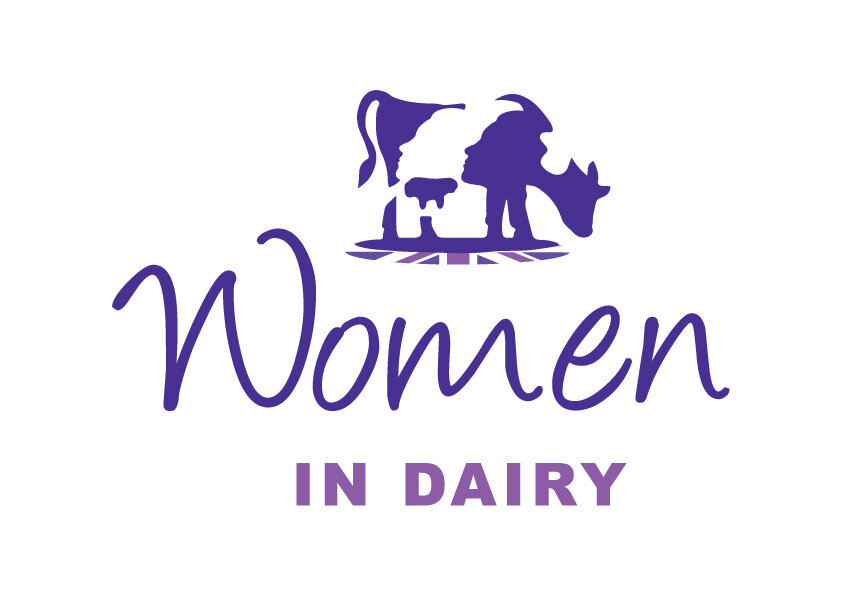Every dairy production system has the ability to be sustainable based on its social acceptability and consumer trust says livestock sustainability consultant Jude Capper at this year’s Women in Dairy conference.
Whilst sustainability comprises of three factors: environment, economic and social Ms Capper explains that the social element plays the largest part when it comes to gaining consumer trust.
“We have evolved over time and are now at a stage where 93% of people have internet access, 87% use it daily and 68% use it for social media. Whilst TV remains the most popular news source, 16-24 year olds are far more likely to use the internet to source this information. To communicate with consumers as effectively as possible we need to be putting our news out across all channels to reach the biggest audience.”
Ms Capper went on to explain our biggest challenge as an industry is to keep dairy in the diets of future food purchasers – today’s youth – to do this we need a situation where positive posts are being used to help consumers feel connected to farmers and confident about their food choices.
There are four major processes influencing consumer decision-making: bounded rationality where we no longer have the time to research, so need quick, simple explanations that convey our message; confirmation bias – posting old photos helps inspire confidence through highlighting our long tradition with British farming whereas cultural cognition demonstrates how we want to emulate those we see as public role models. Bad news bias is our biggest challenge where we need five positive news items to overcome each negative article – something vital if we are to make industry-wide positive change to improve consumer trust.
It is vital we work on communicating with consumers who don’t yet have fixed opinions of agriculture – these are the individuals who sit between those already either pro or against farming and still have impressionable views.
“It’s a fact of life we’re going to share different views to our peers but if we share our values, stay positive with short simple facts and know when to walk away we can positively communicate all of the great things our industry stands for” says Jude.
We are undoubtedly facing new challenges and opportunities but there is no doubt we are part of an exciting industry with a bright future. According to Arla’s senior director in agriculture, Graham Wilkinson, milk has lost 2.2 billion occasions since 2015 with those consumed less being hot drinks and cereals however, whilst the occasions have decreased the volume of individual milk consumption has increased.
Many factors influence purchasing – image, healthier alternatives, sustainability and welfare are some of the most prominent and with the average person spending just 3 seconds buying dairy products there is a lot to be done when it comes to overcoming preconceptions and ways of thinking.
Mr Wilkinson said ‘we must engage effectively with consumers to make a difference’ which will in turn combat consumer misconceptions surrounding dairy. The company plans to reinvent the image of dairy products making them more inspiring through marketing changes and improving the shopping experience.
All major retailers are evolving rapidly to stay competitive which means they are simplifying and cutting costs whilst stepping up the focus on their own label products. Today 80% of Arla’s milk sales are basic (standard fresh) with 4.5% basic + benefit (organic or free range) and 15.5% category solutions (branded organic and labels such as Cravendale). The long term aim of the company is to convert this so 50% of sales are basic and 50% benefit or category solutions increasing standard fresh volumes by 30%.
All of the company’s targets are driven by what the consumer is looking for which is why it is vital we make milk more exciting and innovative. In the short term we must remember that consumers trust farmers so it’s vital to talk about the benefits to dairy and create an emotional connection. In line with this the sector must adapt to lifestyle changes and not forget to modernise – ensuring our products are current and relatable.

